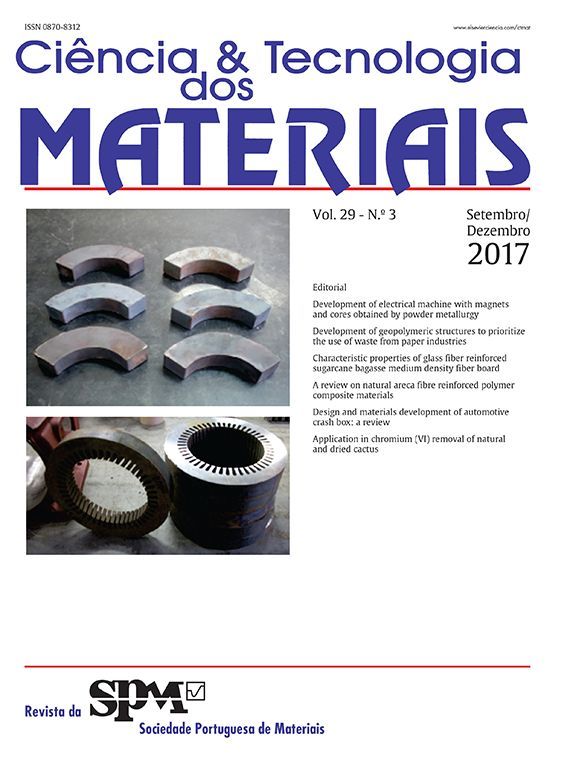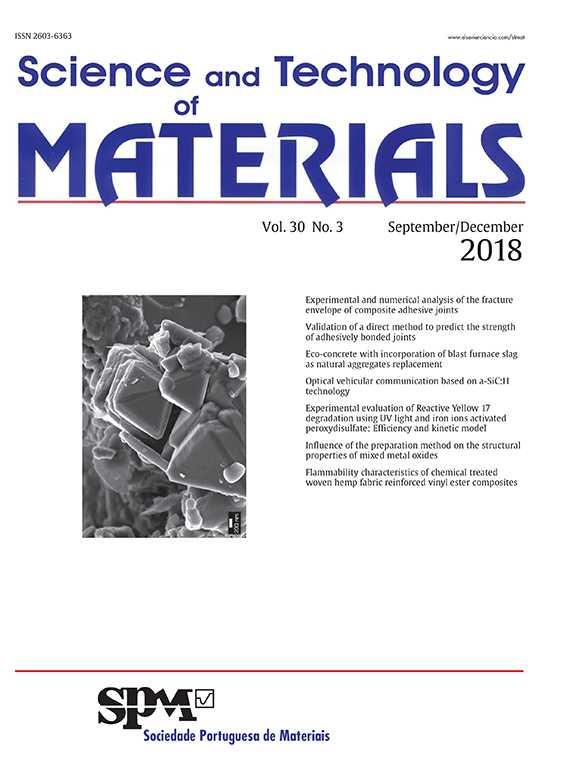The micro metal injection moulding (μMIM) is suitable for producing high series of net shaped parts at competitive cost compared with subtractive processes, as dental implants. The μMIM has five main steps: selection of powders and binder, production of feedstocks (mixing), injection moulding, debinding and sintering. The material selected was the 316L steel due to its wide use as biomaterial associated to low cost of powders and its high injectability. The dental implants after sintering have a good finishing, and when coated with thin films enhance osseointegration, and their performance can be superior to the commercial implants. The dental implants were coated with hydroxyapatite to improve the bioactivity. The density, porosity, shrinkage and microstructure of dental implants were evaluated, as well as the mechanical properties like hardness, Young's modulus and torque resistance evaluated in a bovine rib. The new strategic production leads cheaper implants, called “implants for crisis”, where surface modification assures a similar or superior bioactivity than commercial implants.
SRJ is a prestige metric based on the idea that not all citations are the same. SJR uses a similar algorithm as the Google page rank; it provides a quantitative and qualitative measure of the journal's impact.
See moreSNIP measures contextual citation impact by wighting citations based on the total number of citations in a subject field.
See more




